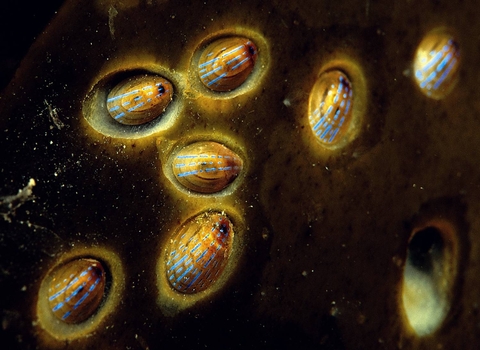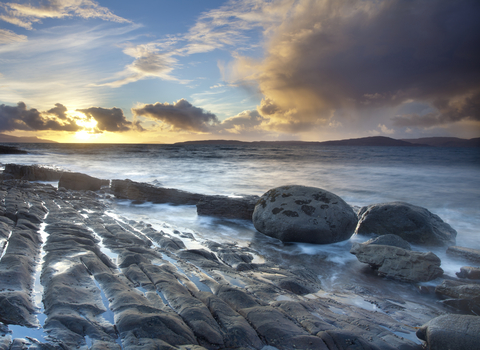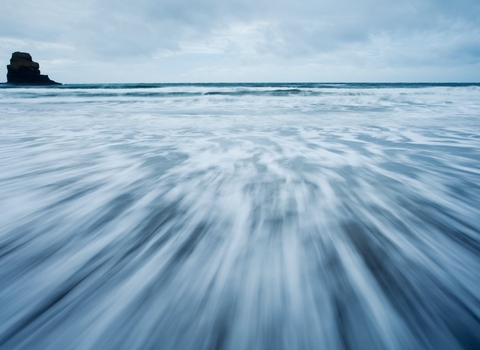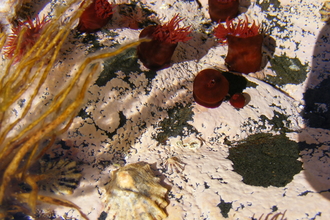
Blue-rayed limpets ©Paul Naylor www.marinephoto.co.uk
Blue-rayed limpet
The kingfisher blue stripes of a blue-rayed limpet are a magical sight whilst rockpooling - you'll need to go on a very low tide though as their favourite home is on kelp.
Scientific name
Patella pellucidaWhen to see
January to DecemberSpecies information
Category
Statistics
Length: Up to 2cmConservation status
Common



